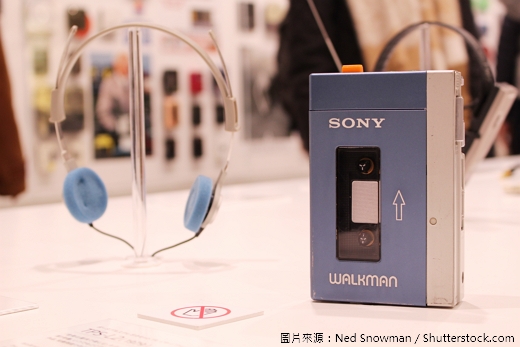Portrayals of the 1980s often focus on big trends—literally. There are stadium rock bands, vast corporate greed, and huge hair. Despite this decade’s larger-than-life image, many things were actually shrinking. In National Geographic’s The ‘80s Greatest: It’s a Small World, filmmakers show how electronics got smaller, more portable, and more personal.
The introduction of Sony’s Walkman at the start of the decade turned listening to music from a communal activity into an individual escape. Furthermore, with this handheld cassette◆ player, music could be carried around and, depending on how many cassette tapes you brought along, listeners had a hundred or more favorite songs to choose from. For the first time, people could slip on headphones and listen to tunes while commuting or exercising.
This was also the decade when computers became a staple in the workplace and at home. The IBM Personal Computer, known simply as the PC, wasn’t the first model that could fit on a desk, but it did revolutionize the computer industry. IBM’s PC marked the start of the computer as a mass-market consumer item as businesses moved away from mainframe◆ computing◆ systems that took up whole rooms, and households◆ started to buy the small, newly affordable models.
Game consoles◆ shrank, too. The Nintendo Game Boy was the first portable game console with interchangeable◆ cartridges◆. Not only could games be played outside of the arcade◆, but users could switch between different games without having to change devices.
Nowadays, these functions and more can all be found on a lightweight smartphone, but to see when the idea of small and handheld electronics started to take off, tune in to The ‘80s Greatest: It’s a Small World.
 
|


沒有留言:
張貼留言